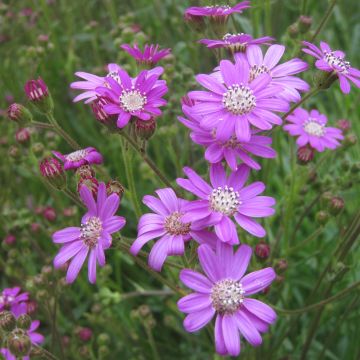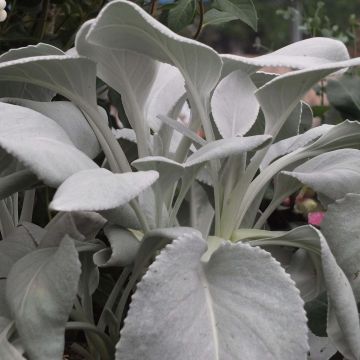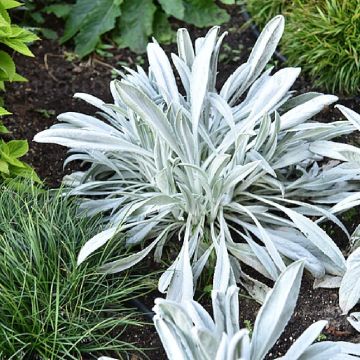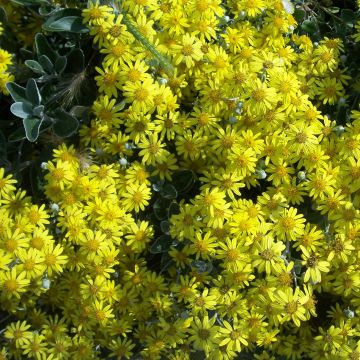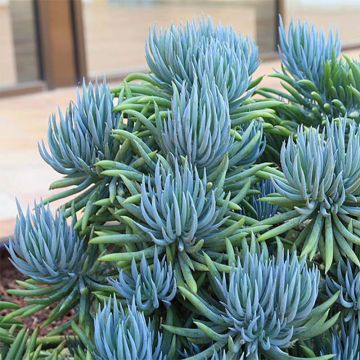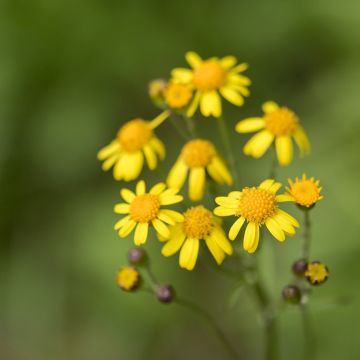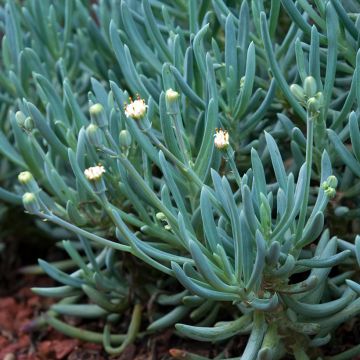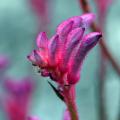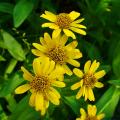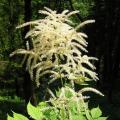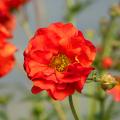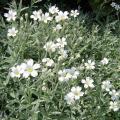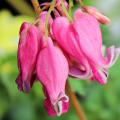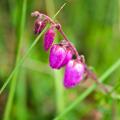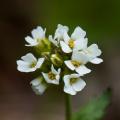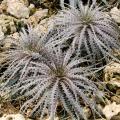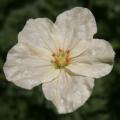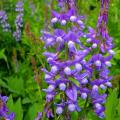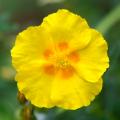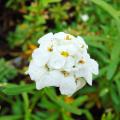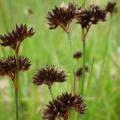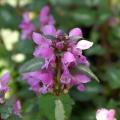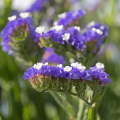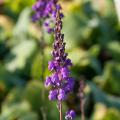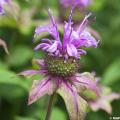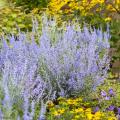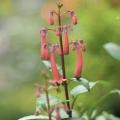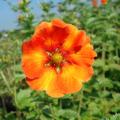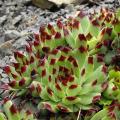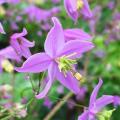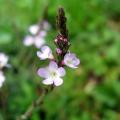Senecio
Does this plant fit my garden? Set up your Plantfit profile →
Available in 1 sizes
Available in 1 sizes
Available in 1 sizes
Available in 1 sizes
Available in 1 sizes
Available in 2 sizes
Available in 1 sizes
Available in 1 sizes
Available in 1 sizes
Senecios comprise over a thousand species of perennial, succulent and evergreen shrubs. Often characterised by silver-grey foliage, ornamental senecios are mostly native to the Southern Hemisphere. They are appreciated for their very bright vegetation and their adaptations to dry soils.
More or less hardy, like Senecio greyi Sunshine which can withstand temperatures as low as -10°C (14°F), or Senecio mandraliscae, these plants particularly thrive in coastal areas and Mediterranean gardens. They belong to the Asteraceae family, just like asters, and produce flowers organised in heads that resemble small yellow or white daisies depending on the species and varieties. Not very tall, with a nice dense and rounded habit, shrubby senecios naturally blend in, in a dry garden or on a large rockery, with plants from the scrubland such as lavenders, rosemary, and rockroses.
To make them stand out in a flower bed, they can also be mixed with purple foliage. The bright pink or red flowers of shrubby salvias are perfectly highlighted, from spring to late autumn, by all the grey foliage.
Haven't found what you were looking for?







































